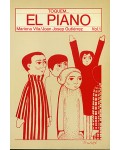
No products
Prices are tax included
Product successfully added to your shopping cart
There are 0 items in your cart. There is 1 item in your cart.
- English
- Castellano
- Català
Mediterrànies
DE531
Mediterrànies by Mercè Torrents is a piano suite composed as a result of a trip to Ibiza (Balearian isle) made by the composer. During her stay on the island she absorbed the popular indigenous rhythm of percussion and recorder groups that played popular songs on the seafront.
| Period | 20th c. |
| Subheading / Parts | Suite per a piano |
| Instruments | piano |
| Pages | 22 |
| Time | 12 min. |
| Contents | score |
| ISMN | 979-0-3502-0682-5 |
| Price of print edition | 14,55€ |
| Edition | Digital |
This is a piano suite composed as a result of a trip to Ibiza (Balearian isle) made by the composer. During her stay on the island she absorbed the popular indigenous rhythm of percussion and recorder groups that played popular songs on the seafront. Back in Barcelona, she remembered her days in Ibiza and the music she had listened to. She used this contagious and colourful rhythm in the suite. The rest comes from her tireless imagination.
The suite is written in 2/4 and is semitonal1. During the third course of the middle grade the following can be introduced as part of the study: agogic changes within the same piece; hand coordination in free passages, at crossovers and in passages where both hands have the same rhythm; fingerings in: fast passages, open positions, fixed position, clusters and a single finger for two notes; movements through: strong accents, skipping rhythm, dense chords, quick jumps, chords through chromatics and jumps and octaves; Touch genres: legato and staccato and twin articulations with a single hand; Dynamics governed by the question-answer structure; wide register of the piano; restricted use of the pedal.
I. Eivissenca. This evokes the colourful rhythm from Ibiza through an obstinate light rhythm in the left-hand, which accompanies a clear and accented yet predictable melody.
II. Invocació. The first part denotes a melancholic longing for the island’s landscape in the form of some dense, serious chords played sonorously - sustained only by the pedal - and a melody in very evocative octaves. In the second part, the melody is more upbeat because of the pleasant memory that it represents.
III. Melangia. (Melancholy). This piece returns to a state of deep melancholy. The melody begins on a single line and becomes denser but without losing fluidity. Together with the accompaniment of chords in grave octaves, a gently emotional atmosphere is created.
IV. Dansa de Tarragó. The technical complexity of this piece is worthy of mention: obstinate rhythm played with both hands: fifths played with the left-hand and thirds, fourths and sixths with the right, where the higher note is the melody. There is a change of rhythm in the second part involving a crossover of hands. The last part is a return to the first piece. It is all her own. Viz., she created the melody over the rhythm.
V. Alteració. A rhythmic piece marked by the melody, mainly by the accents. Low quavers and semiquavers in the core sound provide the obstinate accompaniment. Reminiscent of a restless ocean.
VI. Murmuri. This imitates the movement of the waves through quaver triplets using both hands with atonal harmony. There is a slowing down at the end of each expression to simulate the tranquil waves.
VII. Interrogants. (Interrogants) This is the most innovative of all the writing, with indications like: no bars, unbalanced and ad libitum; and clusters with both hands.
VIII. Ritme ancestral. (Ancestral Rhythm). Return to the first tempo to conclude the suite.
Sònia Vallès

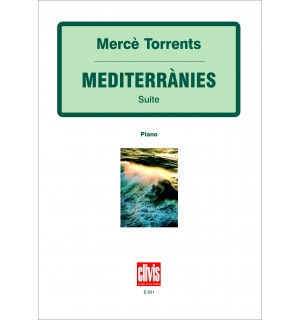




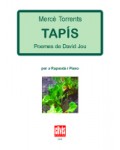
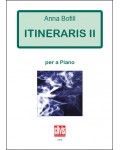
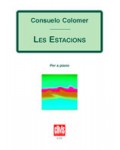
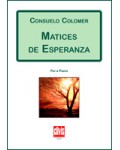
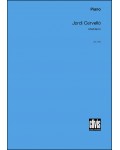
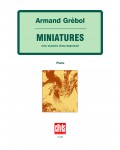
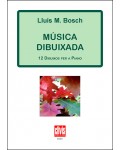
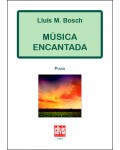
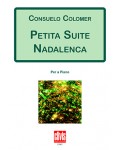
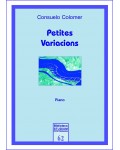
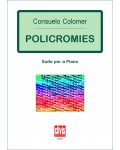
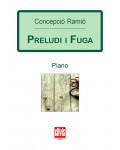
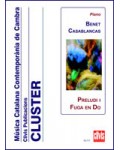
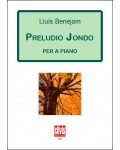
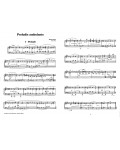
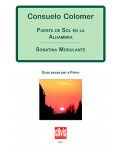
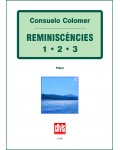
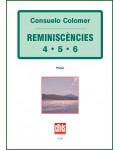
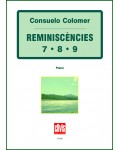
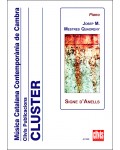
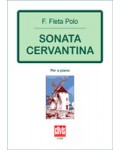
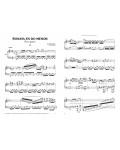
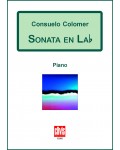
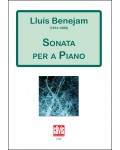
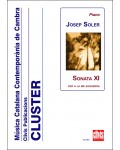
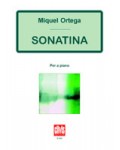
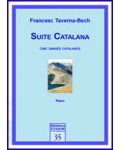
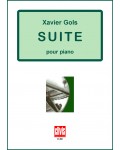
![Tema amb [4] variacions](https://www.clivis.cat/1964-home_default/tema-amb-variacions.jpg)
![Tema amb [10] variacions](https://www.clivis.cat/1709-home_default/tema-amb-variacions.jpg)
